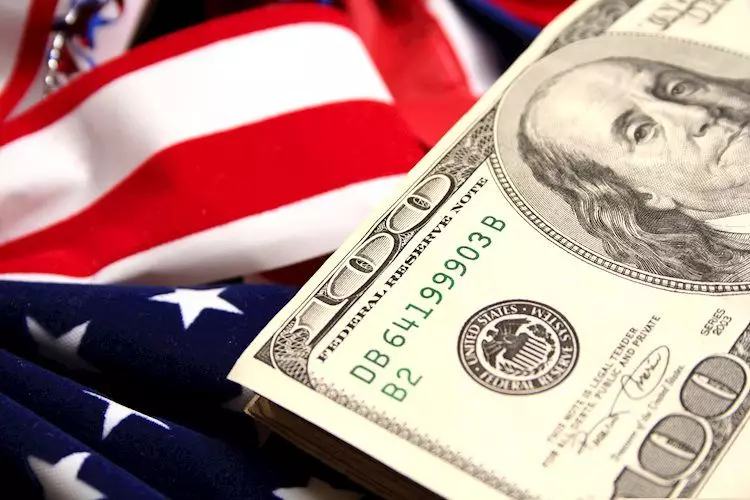Following a turbulent Monday, the US Dollar (USD) managed to bounce back on Tuesday, hovering near the 103.00 mark. The recovery was fueled by an improvement in market sentiment, with the DXY Index showing gains. This positive trend was also supported by the absence of news regarding the Middle Eastern conflict between Iran and Israel, which gave the Dollar an additional boost. However, despite these gains, the trajectory of the Greenback might be hampered by the high number of dovish bets on the Federal Reserve (Fed).
Analysts are anticipating a rate cut by the Fed in September, which could potentially lead to a weakening of the USD. Furthermore, the market is currently pricing in a 100 basis points rate cut by year-end, with some likelihood of an additional 25 basis points cut. The total easing expected in the coming year amounts to over 200 basis points, unless a severe US recession occurs. As a result, market participants are eagerly awaiting new data to gauge the Fed’s stance on monetary policy.
From a technical standpoint, the outlook for the DXY Index has turned bearish due to a significant drop in the Relative Strength Index (RSI), pushing it into oversold territory in recent trading sessions. Although there was a slight recovery on Tuesday, the index continues to trade below the 20, 100, and 200-day Simple Moving Averages (SMAs). Key support levels include 102.50, 102.20, and 102.00, while resistance levels are at 103.00, 103.50, and 104.00.
Monetary Policy and the Federal Reserve
The monetary policy in the US is primarily determined by the Federal Reserve (Fed), which aims to achieve price stability and full employment. Interest rate adjustments are the Fed’s main tool to reach these objectives. When inflation exceeds the Fed’s 2% target, interest rates are raised to curb high prices, attracting international investors and strengthening the USD. Conversely, when inflation is below 2% or unemployment is high, interest rates are lowered to stimulate borrowing, which can weigh on the Greenback. The Fed holds eight policy meetings annually, where the Federal Open Market Committee (FOMC) evaluates economic conditions and decides on monetary policy. The FOMC consists of twelve Fed officials, including the Board of Governors and regional Reserve Bank presidents.
In certain situations, the Federal Reserve may employ Quantitative Easing (QE) as a non-standard policy measure. QE involves increasing credit flow in a struggling financial system by purchasing high-grade bonds from financial institutions, thereby weakening the USD. Conversely, Quantitative Tightening (QT) is the opposite process, where the Fed ceases bond purchases and does not reinvest maturing bonds’ principal. This policy generally supports the value of the US Dollar. The Great Financial Crisis of 2008 witnessed the implementation of QE as a crucial tool by the Fed to revive the economy.
The USD’s current position is influenced by a myriad of factors, including market sentiment, monetary policy decisions by the Fed, and technical indicators. While the Dollar managed to recover on Tuesday, the high expectations of rate cuts and dovish bets on the Fed could potentially limit its gains in the near future. Investors should closely monitor upcoming economic data releases and Fed announcements to gauge the direction of the US Dollar.


Leave a Reply